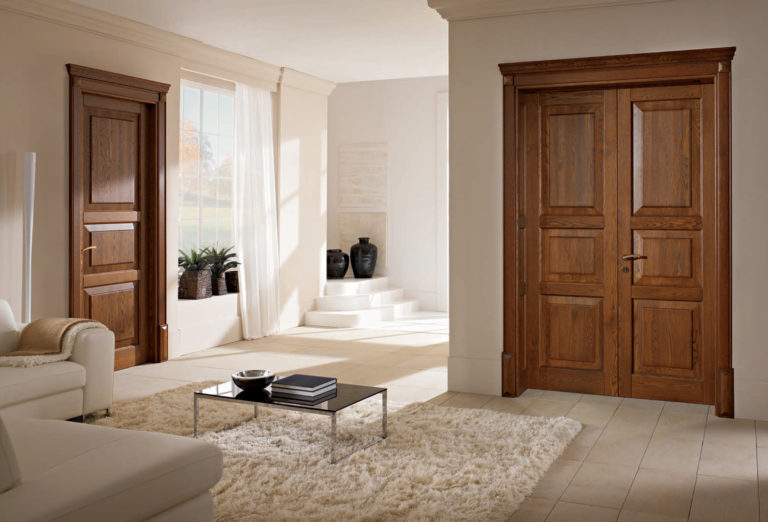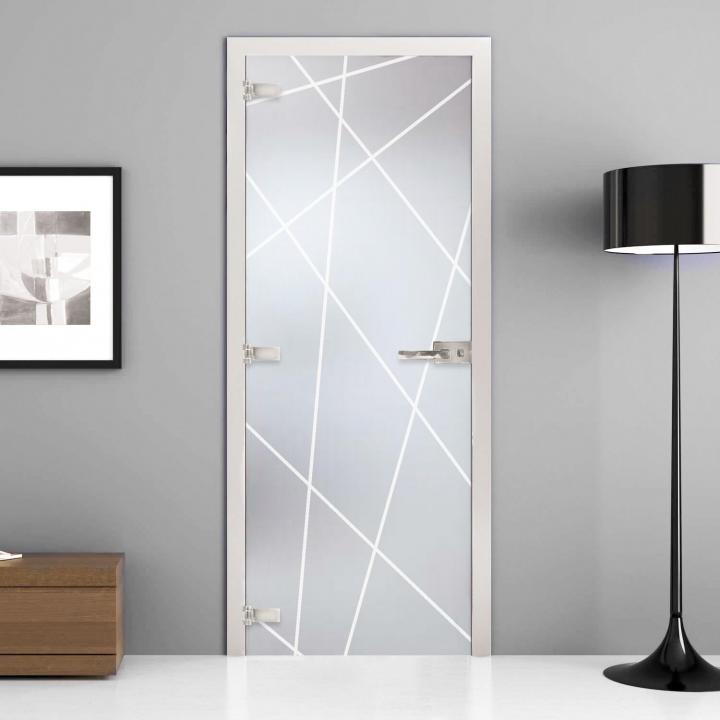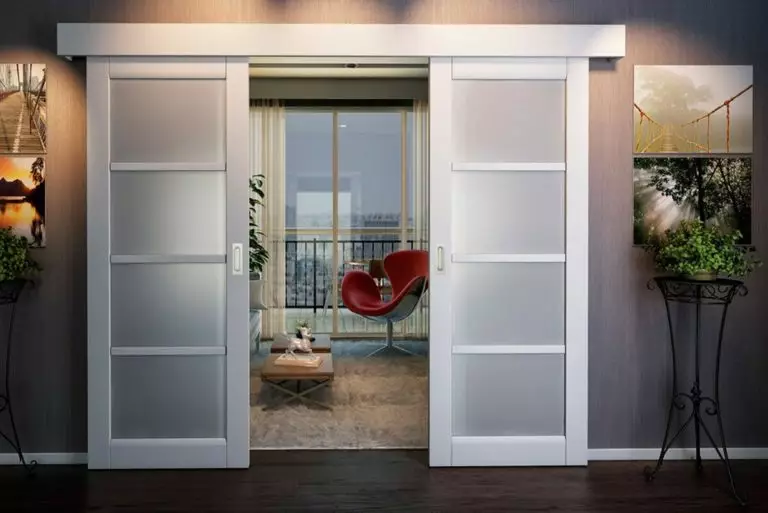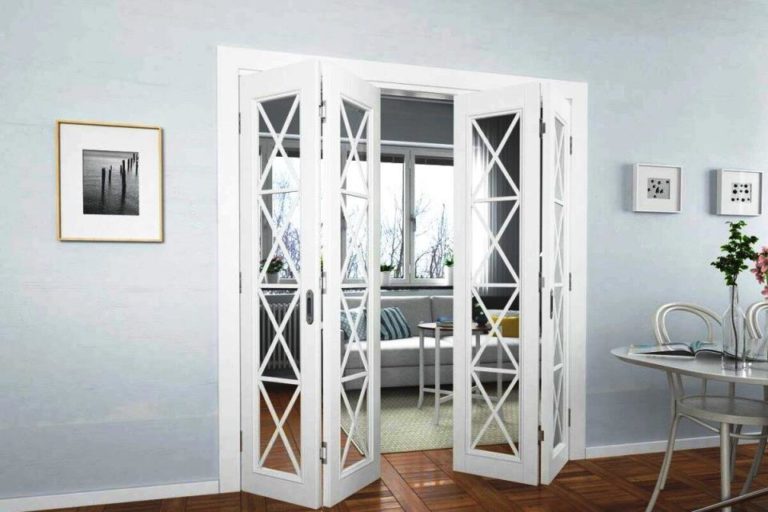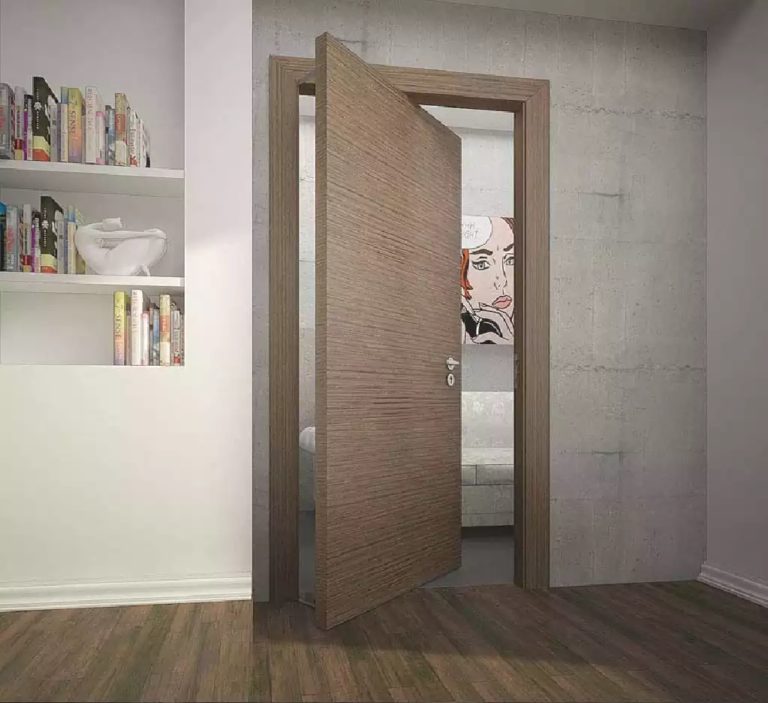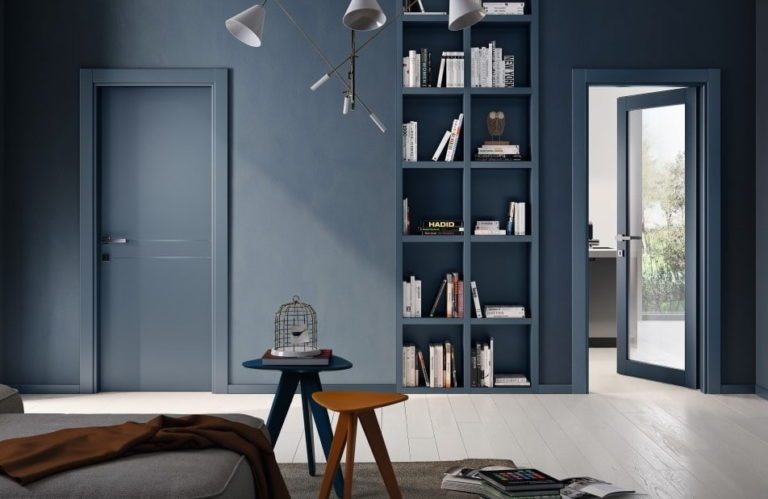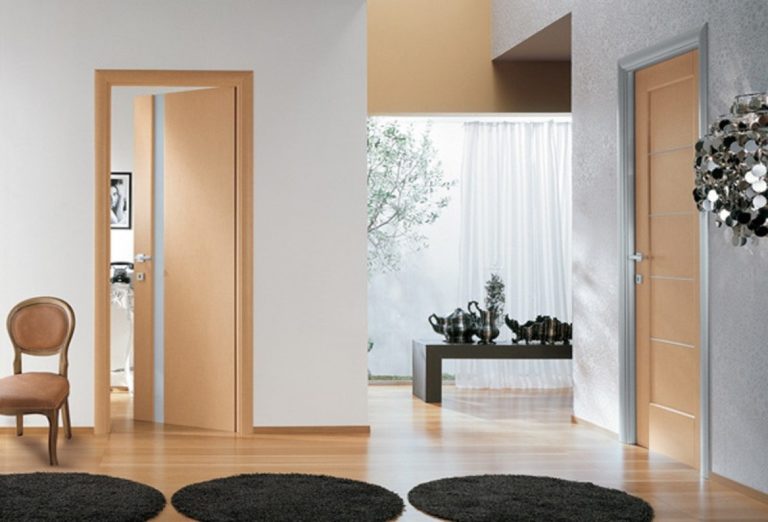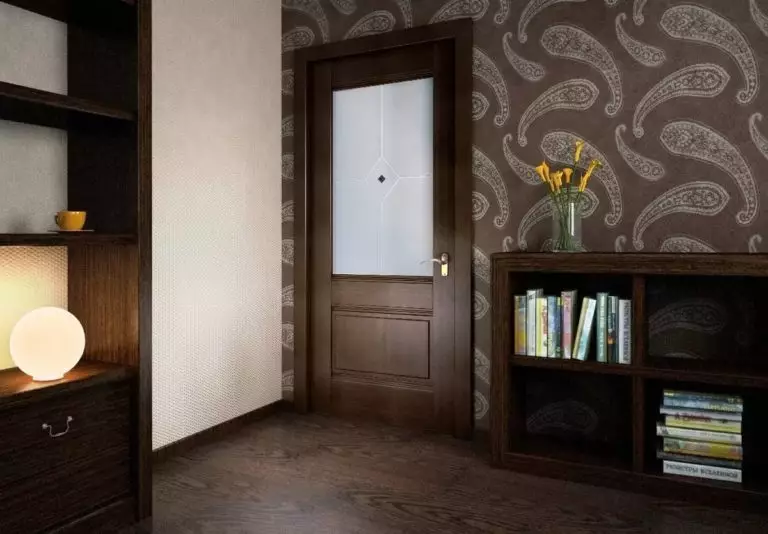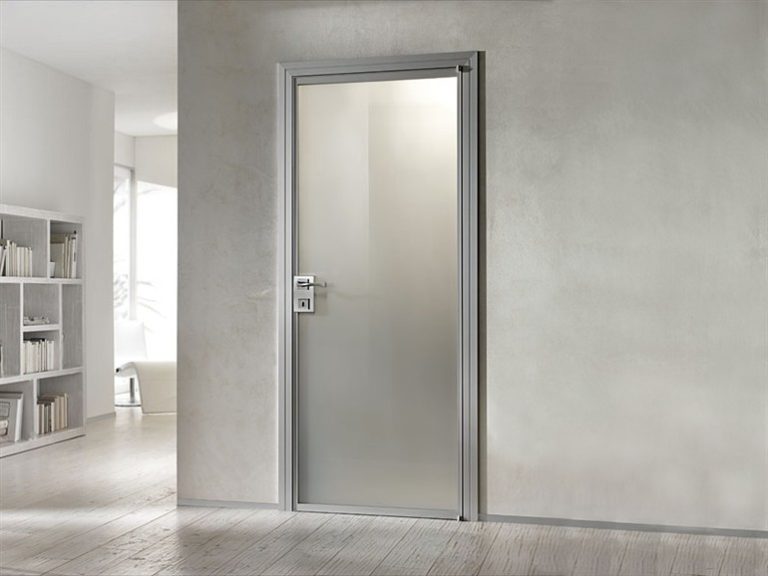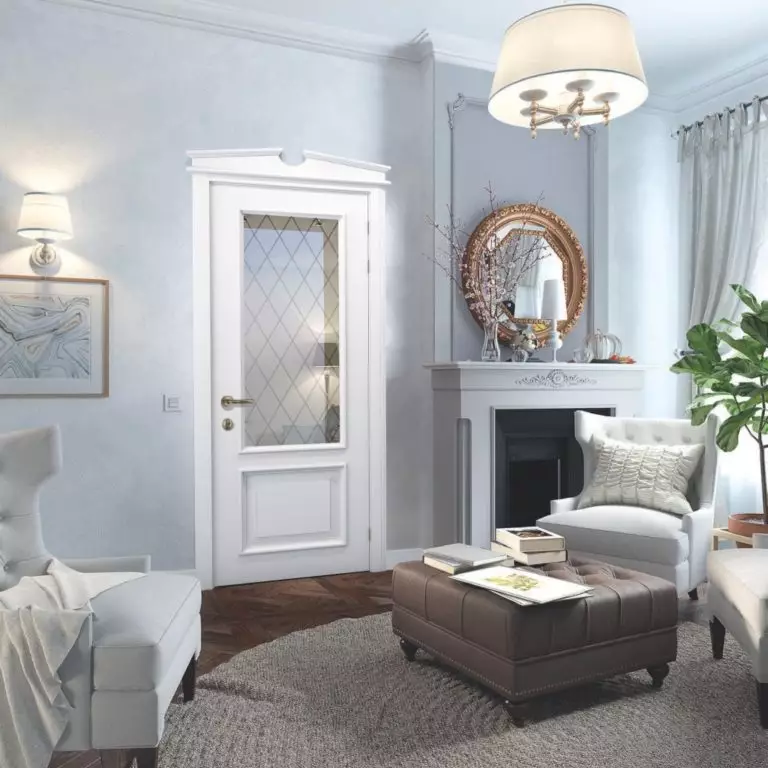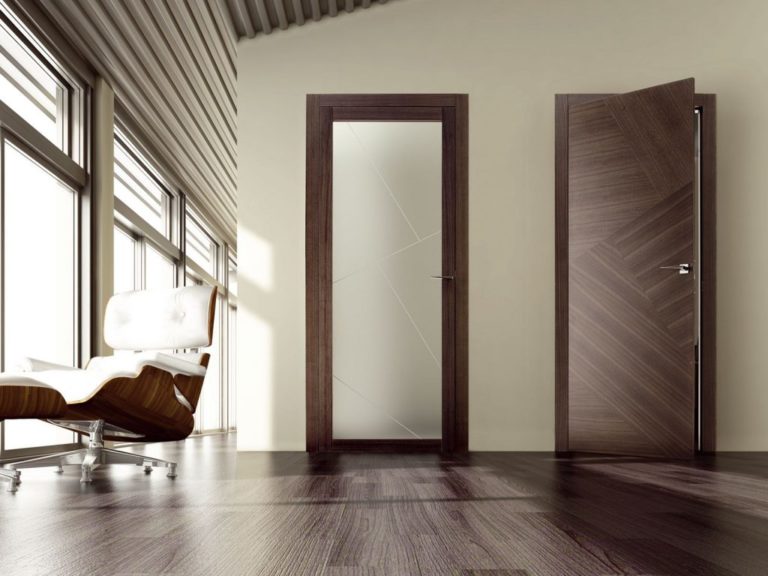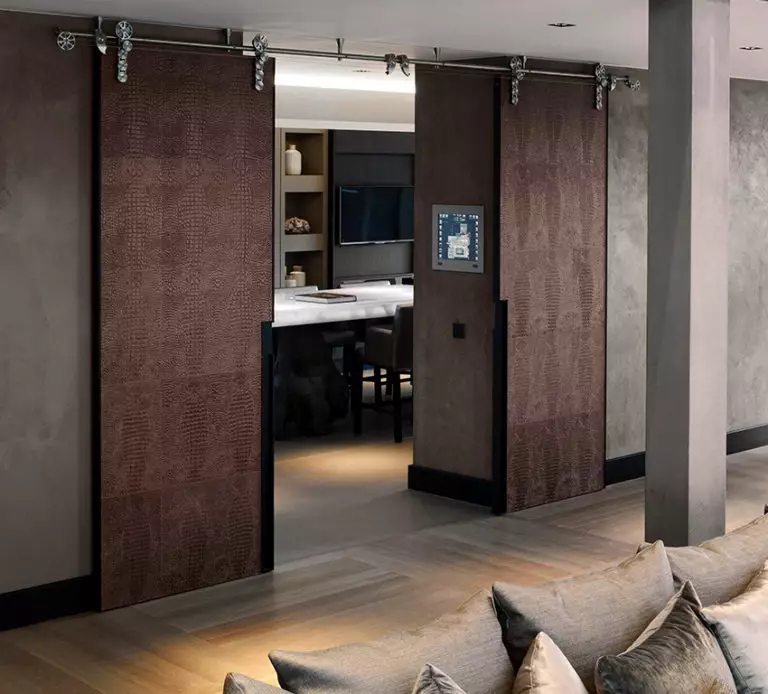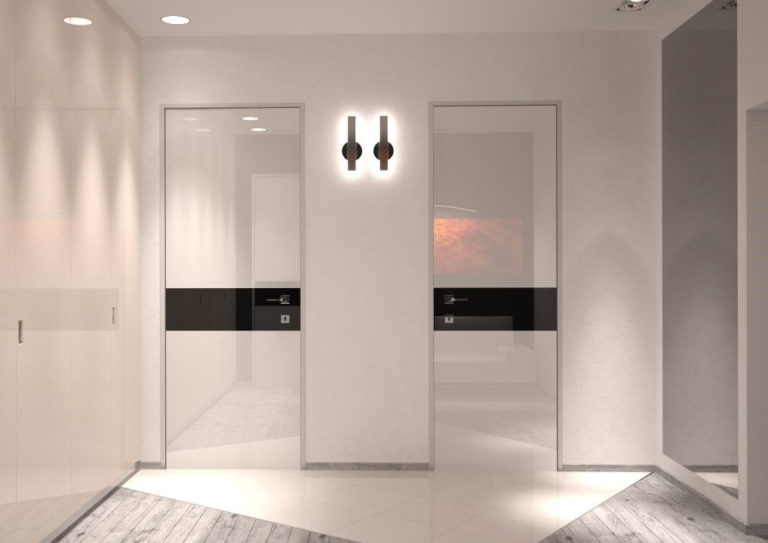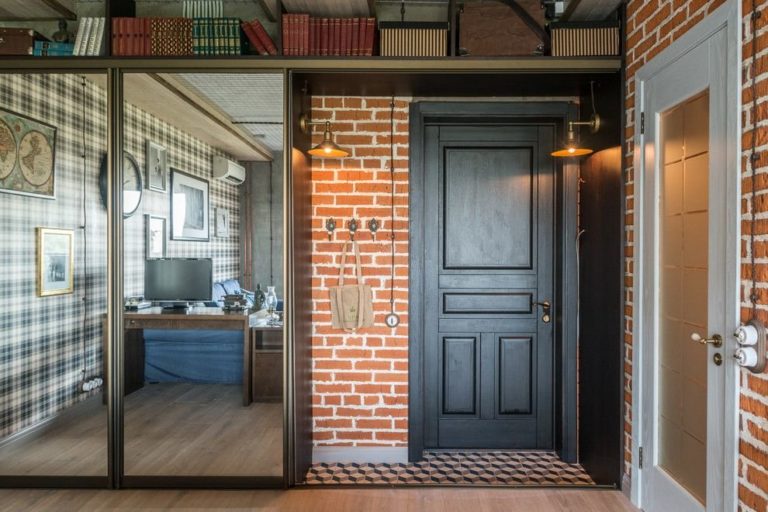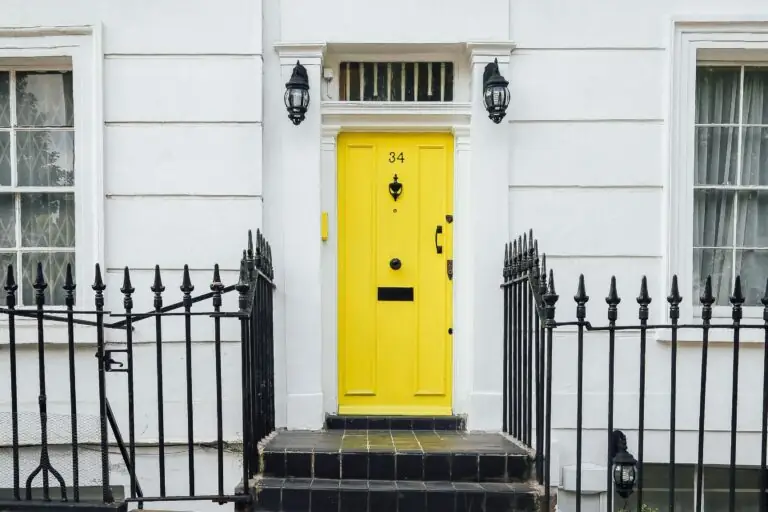
Right interior doors do not distract your attention from the decor of the room but harmoniously complement it, giving you peace and solitude, keep the rooms warm and serve for a long time.
What does it mean to choose the right door?
Consider the material, size, style, and color. Since you usually buy three, four, or more interior doors instead of just one, you must be very attentive to detail and make sure you make a good investment that you will be happy with for a long time.
Interior door materials
When you ask someone for interior doors recommendations, they will likely direct you to solid wood doors without a second thought. This choice is understandable: solid wood has a noble, imposing appearance, insulates heat and noise very well. It just has flaws that can make it an inappropriate choice in certain situations. The same is valid with other materials.
But let’s take a closer look at the specific pros and cons of each of the materials commonly used in interior doors. After that, it will be easier for you to decide which interior doors are best for your home interior.
Solid wood interior doors
People choose solid wood doors at the house entrance, but there are also models of solid wood doors for the interior. They give the home a traditional look and a cozy atmosphere to suit any interior style.
The advantages of the right wooden doors include:
The main disadvantage is the cost – solid wood doors are usually more expensive than other materials. Another issue relates to how wood “works” over time, changing its volume and size as temperature changes. Therefore, even if it seems tempting to you, installing wooden doors in the bathroom, kitchen, or other rooms with high humidity is not recommended.
Particle core interior doors
Interior doors with particle core imitate traditional solid wood doors very well, and they are much more affordable. There are interior doors with a solid wood chipboard core (heavier and stiffer) or tubular particleboard (lighter, but relatively rigid and durable).
Hollow core interior doors
The lightest and most affordable doors (but not the most durable and practical in terms of heat and sound insulation) are hollow core interior doors. Inside they have a honeycomb structure made of cardboard (cellular paper), and the frame and edges are made of veneered or melamine MDF.
This type of door transmits noise, and the resistance of these doors to mechanical stress is meager. However, hollow core doors are the perfect solution on a small renovation budget, if it’s not essential for you that they will let all the noise from one room to the next. It’s best to install them in rooms where you don’t need too much privacy.
Interior glass doors
Extremely popular in office buildings, glass doors are increasingly found in homes. Their transparency is the main reason why owners of small apartments choose them, for example, to separate the kitchen from the living room in a seemingly open and very bright space.
You can choose sliding glass doors or swing glass doors, depending on the space available. They are made of clear, sandblasted, or satin-finished safety glass and offer good resistance even in high humidity environments.
Here are other benefits of glass interior doors:
If you opt for glass doors, be aware that you will have to add a few extra minutes to the time spent sanding. Traces are visible on the glass, and if you want to enjoy the house’s airy view, you need to make sure that the doors’ surface always looks flawless.
Wooden doors with glass panels
These door models are ideal for retro, vintage, classic or traditional decor. Doors with glass panels in various models play a decorative role and give the home an additional charm.
Types of interior doors
From a functional point of view, there are several door styles:
Standard doors
A traditional and widespread model of door movement is the standard method. A snug fit to the box and floor provides a high level of sound and heat insulation. Such doors are easy to install and exist various materials in a wide range of weights and dimensions.
Swing doors
The swing door is a traditional door and the first choice for any space.
Sliding doors / Pocket doors
Sliding doors can be either wood or glass; they mount on one or two rails (both at the bottom and the top of the frame) and save space.
Folding doors / Accordion doors
Folding doors can be made of wood, glass, and aluminum or PVC profiles, with a window, and are mounted on a single rail located at the top of the frame.
Interior pivot door
Interior pivot doors, usually made of wood, are hinged on the floor and ceiling to rotate about a central axis and open in both directions. They are not as affordable as other doors, but they give the home a modern and original look.
Interior door styles
From the point of view of appearance, there are many interior doors models.
French doors
French doors are made up of a wooden frame and glass panels and are used in pairs of two to separate the home’s interior from the terrace or balcony space. They are functional and aesthetically pleasing, letting light into the room and blend perfectly with classic, traditional, shabby chic or rustic décor.
Capri
The Capri style doors are made of wood and have a classic design with two decorative panels with straight lines (one rectangular at the top and square at the bottom). They fit into almost any interior.
Bellagio
Bellagio style doors are similar to Capri style doors, with the only difference that the two panels have slightly curved lines. Curved lines make them more suitable for rustic, shabby chic, traditional or classic interiors.
Shaker doors
Shaker style doors also have two panels, similar to Capri or Bellagio style doors, but they look like panels. They fit very well into rustic and traditional rooms and add personality even to modern interiors.
Doors with vertical or horizontal panels, straight or arched
These interior doors can be solid wood or have clear glass panels, sandblasted or painted. You can successfully incorporate them into rooms with retro or vintage accents and even in any room decorated in a style that allows for decorative elements and ornaments.
Interior door colors
How to combine interior doors? With walls or floors?
By the color of the walls
Well, there is no single correct answer to this question. For example, if you have white walls, you can choose multiple white interior doors to keep the room fresh and vibrant while highlighting furniture or other decor elements. The option that matches the door with the walls is beneficial for small spaces that you want to make them look more spacious. Don’t be afraid to choose an interior door in a shade of pale yellow or gray-green walls: colored doors look bold and, if confused with a wall, give the impression that the room is more extensive.
However, be careful if you want to highlight the interior door with a rich color that contrasts with the room’s color scheme. Thus, you visually “section” space and emphasize too small an area. Try not to turn an interior door into a landmark. There should be other objects in any room, be they furniture, decorations, or textiles, that deserve more attention than the door, especially if it is a simple model with no design features.
By the color of the floor
Another option is to choose a door in the floor’s color, but if it is covered with parquet or tiles in dark shades, you risk creating a gloomy atmosphere. There is one exception, however: the black door.
Black interior door models will instantly add sophistication to any space, especially one that has chromatically based on light shades. The black door, flanked by equally black wood paneling, has a sophisticated and original look that grabs attention and helps create a clear definition of the decor. For example, if you want to accentuate the bathroom tiles’ black and dark gray tones, buy a black door.
By the color of the furniture
There are no general recommendations on the color matching of furniture and interior doors. The selection principle depends on the general concept of the room decoration, the harmony of which can be ensured by the code of three colors. Successful design solutions are possible when the furniture and the door completely coincide if the other two colors are “occupied” by the walls, ceiling, and floor. But this is a risky option, on the verge of tastelessness. When combining furniture with doors, it is better to be guided by tonal correspondence and the similarity of textures and style. Plastic doors will never look like wood furniture!
Identical doors for all rooms
In the traditional approach, involving the design of rooms in a single style and color scheme, the doors are the same. Usually, another set is selected for bathrooms and toilets, which will allow you to distinguish this zone and ensure moisture resistance of coatings functionally. Another design rule is the sameness of interior doors facing one room, except the entrance. As a rule, this is an entrance hall, living room, or other common areas, the decoration of which dictates the choice of color and texture.
If you search for a compromise option for a classic-style bedroom, a living room in the spirit of minimalism, and a Scandinavian-style kitchen, you will not succeed. It is vital to find a particular highlight to fit different doors into the general house background.
Light colored doors
Light colors increase the space and give an extraordinary lightness and look great in interiors with low ceilings.
Dark doors
You can use dark door shades to emphasize the advantages of planning, so it is essential to contrast them with the walls and the flooring’s shades. Dark color looks stylish with glass inserts.
White doors
Depending on the performance, white expresses luxury or simplicity. The main advantage of this color is its versatility and purity, which does not require much effort to adjust shades. The combination with skirting boards of the same color is a sufficient condition for compatibility. Another advantage of this color is the ability to use an entirely even door without protrusions and frames. This version of the swing door will look beautiful only in a bright white matte finish.
Silver and glass doors
You can use sliding or pivot glass doors to emphasize the originality of the home. The glass material provides unlimited freedom for translucent variations that expand the space. A good find can be the unique silver shade with various transparency parameters obtained when processing glass.
Doors based on interior style
Interior doors, depending on the approach, can fulfill a service or accent role in the design. In the first case, it is essential to enter them into the color scheme, choose the most suitable way of opening, and add the characteristic elements through the fittings. In the second, the door becomes an object of design art and carries a stylistic load.
Classic
Geometric proportionality and the quality of materials determine the style features. The paneled structure, when the door is assembled on a frame with blind or glass inserts, is another characteristic feature of the classical style.
Modern
The smoothness and streamlining of design, contrasting the classics through robust panel paintings, geometric abstractions, and imbalances characterize the recent trends of the contemporary style. Transparent and translucent glass, sliding and pivot mechanisms complement the interiors designed in neutral and bright colors
Eco-style
Eco style doors are made of solid wood or veneered MDF with a pronounced natural pattern and unprocessed texture. An alternative to this is the usual and discreet door design.
Hi-tech
The desire for transformation, characteristic of this style, determines the widespread use of sliding and folding models. The color scheme is cold, gray-white-black with ample use of silver and mirror surfaces. In hi-tech, you can confidently fit the door from a combination of plastic and stained glass. Also, additional accessories for automation and remote control will not hurt.
Loft
Wooden doors with specific copper fittings, black or corrugated glass as the main component, sliding doors with open mechanisms are the best options for the loft-style. Also, the doors in the Loft-style are disproportionately wide and high.
Interior door decorating ideas and other useful tricks
How to disguise an old or ugly interior door
What do you do with old doors or those that no longer match the new look of the renovated premises? If you do not want to change them, you can choose one of the following original solutions:
Floors vs. interior doors, which comes first?
Finally, a common dilemma arises: what you have to install first, flooring or doors? Opinions are, of course, divided. Some people prefer to install interior doors first so as not to damage the floor. Others prefer to install the floor first and then doors. Each option has advantages and disadvantages in certain situations.
Let’s say you installed a door first. There is a risk that you will not be able to open the door after installing the hardwood flooring because you installed the door too low, or because it is longer. In this case, you need to make sure that you have correctly sized the interior door and installed it accordingly. Besides, if you install an interior door before you finish repairing walls or floors, you risk scratching or staining it.
On the other hand, if you install the door after installing wood flooring, you risk scratching it. It is also necessary to consider that if it does not have a bottom frame, then the side door frame is buried in the floor, and you will have to cut it perfectly.
Conclusions + Photo gallery
Choosing the right interior doors is essential to creating a comfortable, welcoming, and aesthetic home. Get inspired by the tips above, and you won’t run into trouble buying doors for your home.
